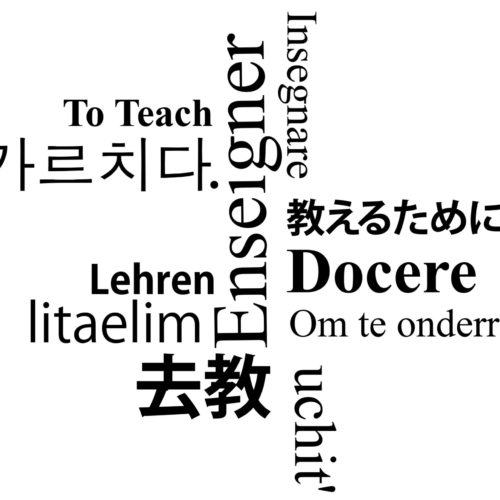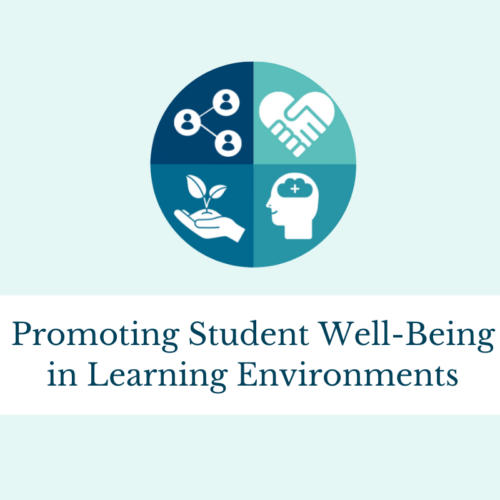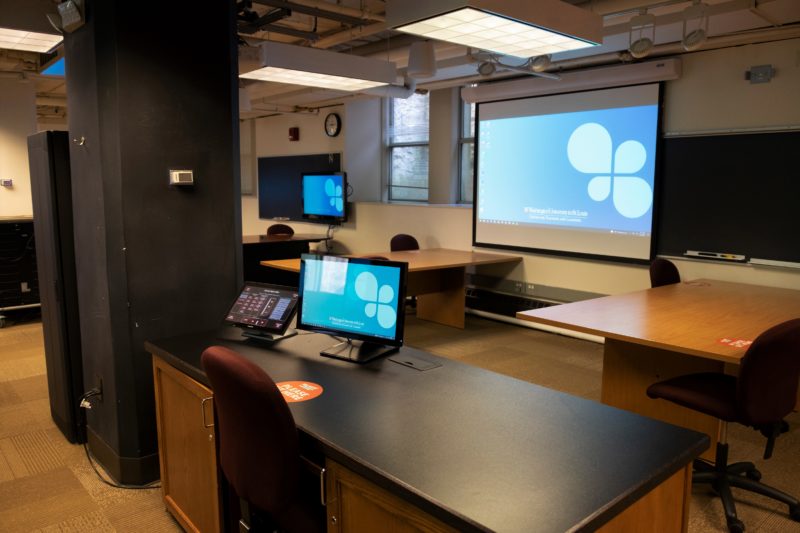
Panel Discussions on Pandemic Teaching
The Center for Teaching and Learning recently hosted two panel discussions on teaching during the pandemic. The panel discussions served as a useful cross-disciplinary dialogue on what methods worked well teaching during COVID-19, and what challenges faculty members at Washington University in St. Louis faced during this difficult time. Dr. Eric Fournier, Director of Educational Development at The Center for Teaching and Learning, moderated both sessions.
The first session, “Faculty Perspectives: Small Classes,” was held on Monday, August 16. Panelists including Mariagiovanna Baccara, Associate Professor of Economics at Olin School of Business; Rob Morgan, Director of the Beyond Boundaries Program and Teaching Professor of Drama; Ignacio Sanchez Prado, Professor of Spanish, Latin American Studies, and Film and Media Studies, and the Jarvis Thurston and Mona Van Duyn Professor in the Humanities; and Trent Silbaugh, Lecturer in Energy, Environmental, and Chemical Engineering.
Student mental health and how instructors addressed this important issue was a common theme that emerged during the discussions.
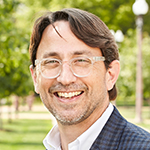
In response to these concerns, Professor Morgan, for example, created a podcast option for all the readings in his class so students could engage with course material while they were getting outside for their mental health. He also hosted a Beyond Boundaries course in virtual reality so students could have more face-to-face contact.
“The pandemic forced me to venture into realms I never thought I’d be in,” Morgan said. “I reiterated to my students constantly, none of your professors have experienced college during a pandemic, so we need to prioritize empathy over everything else. The humane option is always the best option.”
Professor Baccara also used remote teaching tools to connect with students. She used online chats and the Piazza app to build a sense of community outside the classroom. “Not everything in a course always needs to be in person. Other channels can be valuable, too,” Baccara said.
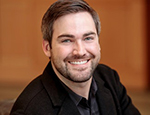
Professor Silbaugh also used Piazza and other tools such as discussion boards on Canvas to build community. Additionally, he used online pools to get critical feedback from students. He mentioned PollEverywhere and real-time Q&As as useful technologies that garnered even better feedback than the usual show of hands in an in-person class.
Other professors during the first session discussed the challenges they faced while teaching during the pandemic. Professor Silbaugh mentioned the double-edged sword of technology. For example, remote meeting technology allowed him to meet with students at later hours, but that wasn’t always sustainable for him or the students. “Using technology made teaching more flexible, but it would creep into areas you or the students might not want,” Silbaugh said.

Professor Sanchez Prado emphasized how simple technologies could build community. The most successful activity in one of his courses during the pandemic was a book club that met over Zoom. Students had conversations online and recorded them, and he shared those recordings with the rest of the class. “It created a more in-depth reading of the books,” Sanchez Prado said.
A less helpful technology for Sanchez Prado was recording. Closed captioning did not do a good job of translating his lessons. “As someone who has a foreign accent, recording is really unfriendly to us,” he said. “Unless closed captioning gets up to par, I don’t think recording will be inclusive to everyone in the short-term.”

Still, some instructors found that recording lectures with in-class cameras was productive. Professor Baccara, for example, posted recordings of all her classes online so students could review them before exams. She also required a participation grade, so students were obligated to attend sessions instead of solely watching a recording. “There’s a critical difference between giving a student a recording of the class and making them an online participant,” she said.
The second day of panel discussions, “Faculty Perspectives: Large Classes,” was held on Wednesday, August 18. Panelists including Andy Butler, Chair and Associate Professor of Education and Associate Professor of Psychological and Brain Sciences; Lorien Carter, Associate Professor of Practice, Brown School of Social Work; Guy Genin, the Harold and Kathleen Faught Professor of Mechanical Engineering; and Bill Siever, Teaching Professor of Computer Science and Engineering. The panelists engaged in a lively discussion on lessons learned from the past year of pandemic teaching.
A common theme that emerged during the session was learning how to teach remotely by trial and error. Professor Carter mentioned using a platform for online discussion in one of her courses and spending more time trying to help students navigate the platform than she would have by simply sending them to breakout rooms in Zoom.

“Following the bright shiny object wasn’t always the best strategy,” Carter said. “Using the right tools for the right activities will help students get more quickly into the groove of online learning.”
Another item of discussion was flexibility in courses. Panelists including Professor Genin talked about the difficulty in maintaining a rigorous curriculum while also addressing students’ real concerns and limitations during the pandemic.
“It’s a tough tradeoff,” Genin said. “It’s hard to strike that balance between helping people stay on schedule and helping them be flexible.”

Getting to know one’s students can help address the issues of flexibility within in a course, Professor Butler said. Even before the pandemic, Butler surveyed his students every semester to get more insight into their lives and their goals in the class.

“People have lives outside of these courses. One of the practices important for this fall is getting to know your students and the kind of challenges they’re dealing with,” Butler said.
Transparency can be extremely helpful in designing a course during the pandemic, Professor Carter said. If an instructor decides to drop an assignment because they’ve already pared down work or expectations, clearly communicating that to students is key.
“It buys us goodwill with our students when we acknowledge that this isn’t something we’ve planned. Students see that we’ve put a lot of effort and intentionality into the pedagogy,” Carter said.
Finally, panelists and instructors discussed how to build elements into courses that allow for more flexibility. Professor Richard Loomis, Professor of Chemistry and Director of Graduate Studies in Chemistry at Washington University in St. Louis, mentioned how allowing students to drop assignments could lead to deficits in learning.
“I encourage people to consider offering ‘redo’ assignments, not ‘drop’ assignments. Dropping assignments can lead to serious gaps in students’ knowledge. Imagine a student is having a bad week, so they drop an assignment. They will likely never learn that material,” Loomis said.
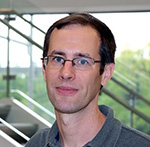
Professor Siever said he implements different strategies for flexibility depending on the significance of the activity. One technique he uses in his courses is a coupon system in Canvas. A “Remaining Late Coupon” column in Canvas shows students the number of coupons they still have. Professor Siever sends them emails or warnings when they run low. After assignments are due, he runs a script that updates the coupons and includes comments in Canvas about how many were used and what they were used on.
Ultimately, instructors must also be flexible with themselves, Professor Butler said. Teaching during the pandemic is uncharted territory, and part of successful instruction involves learning from one’s trial and error.
“There’s a period of adjustment we all have in moving to this new way over teaching. Maybe we overshot on one end and need to dial back. The bottom line is, teaching well takes a lot of effort and time. We need to realistically ask ourselves what we can accomplish in a semester long course,” Butler said.



